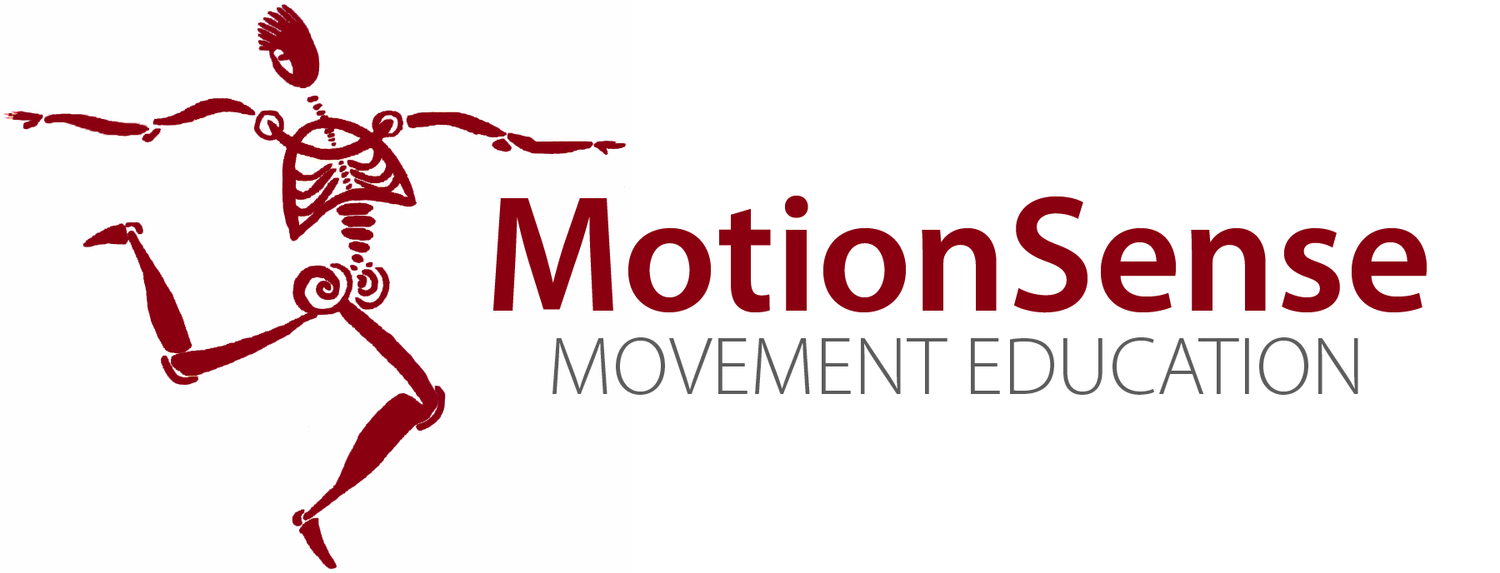If you’ve ever suffered through a bout of insomnia, you know the feeling of hitting the wall at some point the next day. One minute you are zooming through emails or pitching ideas with coworkers and the next you’re inert. It’s as if someone turned up the gravity machine and increased your body weight by 5,000 pounds. Heavy limbs, heavy eyelids and brain fog are suddenly your afternoon companions. You consider heading out to remedy the situation with chocolate, caffeine, sugar, (or all three). STOP.
What if you just took a nap? Not just any old nap, but a scientifically timed and orchestrated, metabolically smart, fatigue boosting nap. While napping is not the best way to address the underlying causes of insomnia, the practice can be a bridge back to sanity once you’ve missed a few precious nights of good sleep.
Sleep scientists recommend choosing the time of day for napping wisely. A nap taken about seven hours after waking puts you at the optimal axis in the circadian clock, when REM and slow wave sleep cycles are equally proportioned. (If you want to be truly scientific in your calculation, you can follow this link to Dr. Sara Mednick’s interactive Nap Wheel). Timing your nap in this way can help to avoid the notorious "sleep hangover," which brings us to the next point about duration.
“Duration is very important,” says Damien Léger, a leading sleep researcher. Léger posits that all workers should be permitted guilt-free nap-time, especially considering that many of us clock in less than six hours of sleep per night. With sleep deprivation now linked to diabetes, hypertension, cancer, obesity and depression it makes good sense to find a comfortable spot to snooze for about 10-20 minutes. Naps of longer length may be used to help boost memory or enhance creativity, but the ensuing grogginess can off set the desired effect of hitting the "pause/reset/refresh" button gained with a shorter power nap.
Optimal snoozing can occur while sitting, although with some attention to ergonomics. Supporting your head, neck and spine in a relatively neutral alignment wherever you nap will ensure that you’ll awaken refreshed and no worse for the wear. Resting your cheek on a small pillow on your desk will do the trick. You may also want to consider setting a meditation timer that will awaken you with lovely chimes or bells, rather than the full force startle of a traditional alarm clock. That jolt of cortisol could further undermine your evening sleep.
A gradual transition back to the hustle and bustle of the workplace is also a wise choice, as is having a light, healthy snack before rolling up your sleeves and returning to the particle accelerator of life. As Lily Tomlin says, “For fast acting relief, try slowing down.”
Learn how to slow down and set the stage for a good night’s sleep with calming and sleep inducing techniques inspired by current sleep research, meditation and somatic studies. Restore your ability to rest, recover and heal from the stress of daily life. Make napping an option instead of a necessity.

